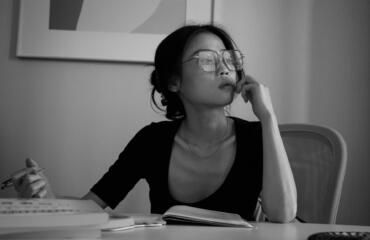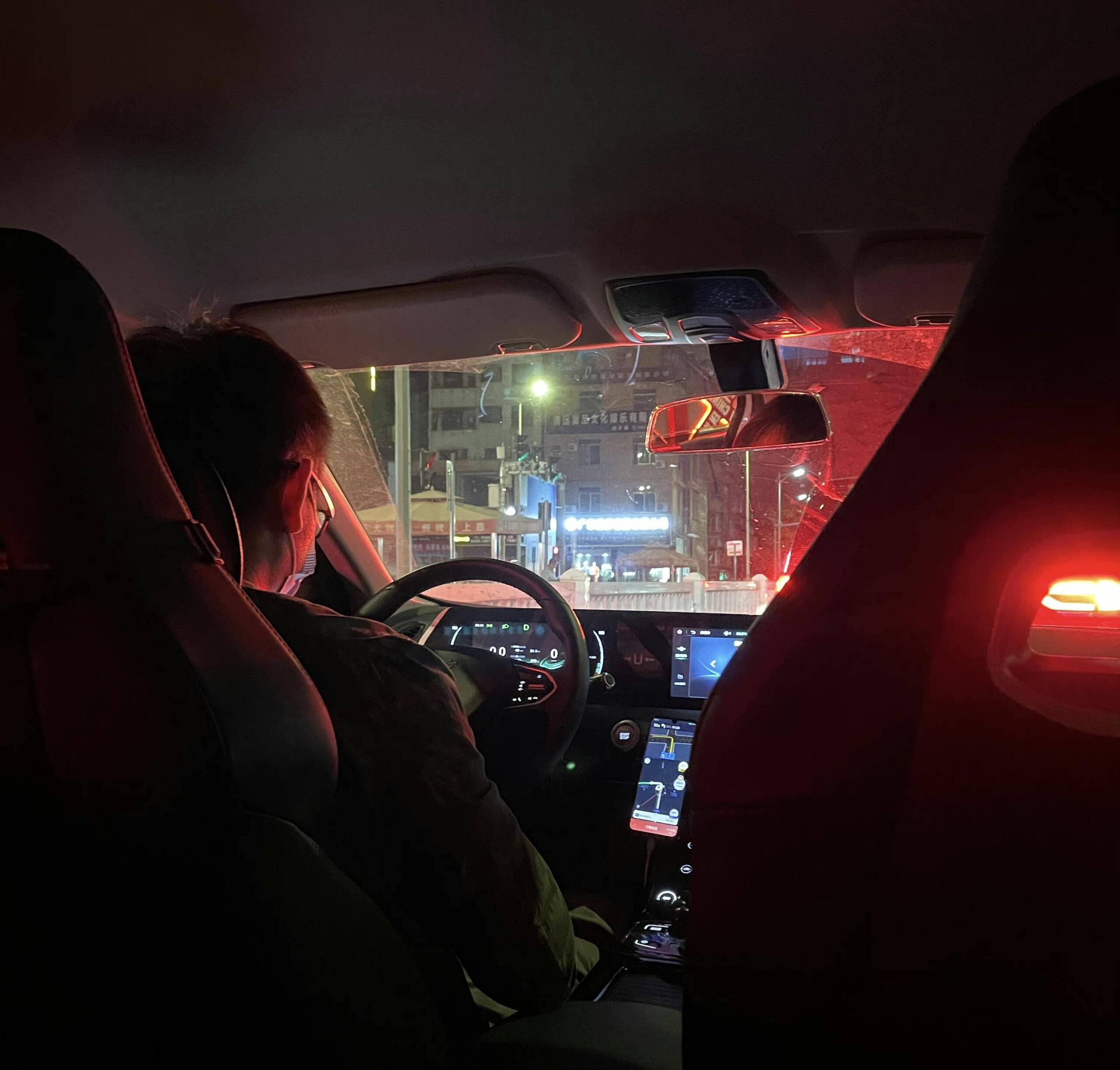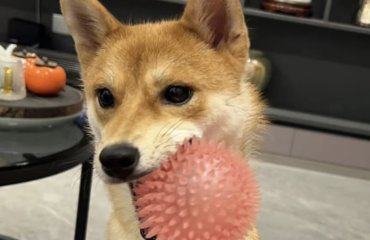Liang Ren, who runs a tattoo business in Box Hill, in Melbourne’s eastern suburbs, was anxious during the long pandemic lockdowns and wondered if his shop would ever open again.
“[Before the] pandemic, my daily income was about $800 to $1,000 a week, [but in] lockdown … I had practically zero income. My loss [was] huge,” said Mr Ren.
“Our business has gradually recovered and we now have customers booking a month in advance. Because Australian tattoo culture is inherently good, most of the customers have a high level of awareness of tattoo culture [and] they are willing to spend money on tattoos.”

One of Liang Ren’s finished tattoos. Photo: Miao Wu.
Jin Bing Ji, the owner of a tattoo studio in Hawthorn, in Melbourne’s inner east, believes the tattoo industry has largely recovered from the difficulties of the lockdowns.
“Although most tattoo shops are still operating, many tattoo artists have transferred from tattoo shops to personal studios.” Jin Bing Ji said.
“Our business is very good, and the appointments are basically booked for the next month. Australian tattoo culture is excellent, so there is no such thing as unwillingness to spend money on tattoos.”
He said he is now fully booked every day and extremely busy, not only with client appointments but also walk-ins.
“My working time is 11 am to 5 pm, but I almost have to work overtime until seven o’clock,” Jing Bing Ji explained.
During the depths of the pandemic, the future didn’t look as bright. Many of Melbourne’s tattoo shops are small operators and so had no way to apply for the government subsidies available for small and medium-sized enterprises, though some did receive the $750 per week Job Keeper allowance.
“I applied for 50% off for rent relief, which relieved some pressure, but had to rely on savings to maintain my daily life,” said Liang Ren.
“Many of my tattoo artist friends closed their studios or shops [during] the pandemic … they had to close because they [couldn’t] afford the expensive rent without any income.”

A tattoo studio sits empty during the pandemic lockdowns, but the rent still had to be paid. Photo: Miao Wu.
Tattooing, which requires close contact between the tattoo artist and the client, was considered very risky during the pandemic.
Kuanyee Lee from the Tattoo Association said, even once restrictions were eased last year, the industry’s recovery was slow.
“Since tattoo work requires close contact, it is relatively risky compared to other industries, so even after the lockdowns ended, many customers were still worried about the safety,” Mr Lee said.
“I lost at least $160,000 of income last year even though I reopened the shop for the last two months of the year.”
The restrictions forced many artists to look for creative ways to keep their businesses alive. Kuanyee Lee earned a small income teaching the basics of tattooing through online classes.
“I put some advertising on WeChat, Red Book, Instagram, Facebook, and other social media for clients from all over the world, to attract a new customers group,” Mr. Lee said.
“I posted some teaching or analysis parts to show the level of tattoo skills, to attract peers to learn and teach customers how to choose pictures.”
“The tattoo industry is relatively ‘sticky’ – meaning as long as your tattoo service and skills are good enough, old customers will come back, but the challenge was to attract new customers.”
Tattoo artist Guo Dong Xia also had to be creative to make ends meet: “During the epidemic, tattoo artists can make money by helping others design pictures, although it earns less.”

During the lockdown, Guo Dong Xia drew a lot of pictures and tried to improve his skills. Photo: Miao Wu.
Despite these challenges, there is an air of optimism amongst those in the industry.
“Many tattoo parlours or studios are hiring experienced tattoo artists. Since the lockdown ended, everyone has more spare money in their hands, and demand for tattoos has increased dramatically,” Jing Bing Ji said.
Dai Dai, from Chao Tuo Tattoo Shop, said she was busier now than before the lockdowns.
“There are many overseas tattoo artists who are not working in Australia because of the pandemic. There is a shortage of tattoo artists across Australia now,” Ms Dai said.
“I had to close my appointments because I have too many appointments and walk-ins.’’
Kuanyee Lee, whose main clientele is middle and high-income earners, said the growth in the economy in recent months has meant a big increase in work – he is fully booked for four months – and there had been some unexpected positive effects from the lockdowns.
“My clients are making more money, so they are more willing to spend money on tattoos,” he said.
“Tattoos are actually an act of ‘buying a unique skin’, and people are more willing to pay attention to their bodies and themselves after the ‘lockdown cool time’.

Kuanyee Lee works on a client. Photo: Miao Wu.
“There’s also a sense that people who were afraid to get a tattoo before the lockdown are now more interested in taking more risks and are willing to try things like tattoos, piercings, sky diving or ballooning.”
Tattoos are on the post-lockdown wish list for some Chinese students
https://www.youtube.com/watch?v=U0kl0s6IDNU
Mr Lee acknowledged many in the industry hadn’t survived the pandemic but those that had a good business model were thriving.
“Many of the companies that closed were small and didn’t have a large turnover before the pandemic hit, so they had to close,” he said.
“It’s the skill of the tattooist and client flow that determined whether a business survived or not and these are the foundations that need to be built over time.’’





